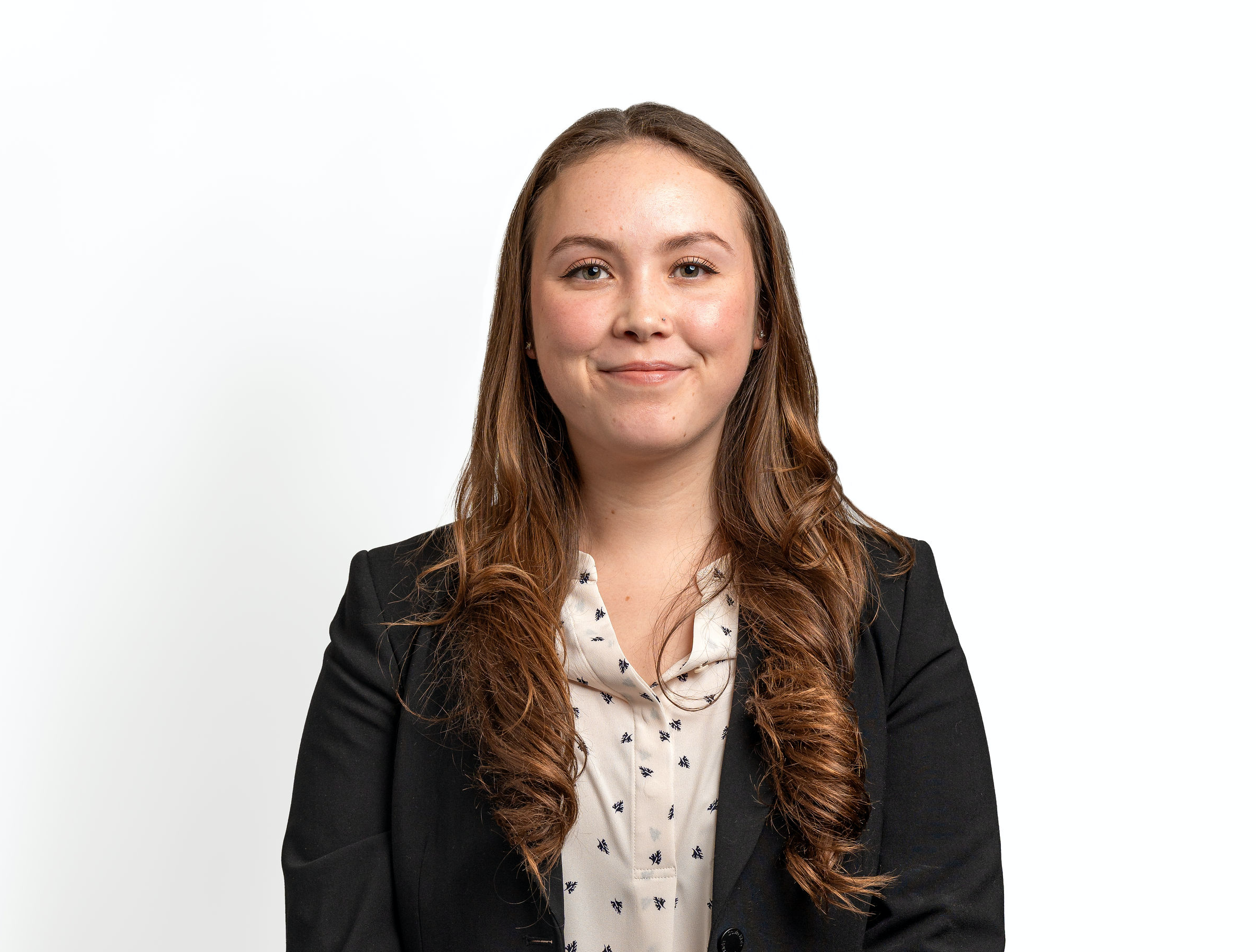Chromatography and PFAS Degradation Challenges: An Interview with Katelyn Michael
On the occasion of Earth Day, University of Wisconsin-Madison graduate student and chemist Katelyn Michael speaks with LCGC about the methods she has been using to attempt to degrade known PFAS.
Katelyn Michael's career is just beginning, but she has already garnered wide recognition across the analytical chemistry industry for her research efforts regarding the mitigation of per- and polyfluoroalkyl substances—PFAS, for short, colloquially known as "forever chemicals."
Michael was recently announced as the 2024 recipient of Metrohm's Young Chemist Award, an annual honor that brings with it a $10,000 prize to assist the winner's future work in the field (1).
LCGC International caught up with Michael by email to get more details on how techniques such as different methods of chromatography and mass spectrometry support her electrochemistry platform for enhancing the degradation of several major PFAS.
Q: You recently finished and are submitting a paper on degradation processes for perfluorooctanesulfonic acid (PFOS), which is one of relatively few identified PFAS out of potential thousands. In general terms, how prevalent is PFOS compared to other chemicals that may be detected in the environment, and how does your research contribute to this very broad and largely unknown category?
A: PFOS and perfluorooctanoic acid (PFOA) are the two most detected PFAS in the environment. And they are ubiquitous. The strength of the carbon-fluorine bonds results in chemical and thermal stability unique to this class of compounds. Environmental conditions that may lead to the degradation of other pollutants are unlikely to affect PFOS or PFOA. Polar bears in Greenland have PFAS in their bodies. Almost every person on the planet has a measurable amount of PFAS in their blood. These chemicals are present in drinking water typically at concentrations of a few parts per trillion, but we will be exposed to these chemicals for a lifetime. Currently, adsorption technologies are well-developed for drinking water treatment. Subsequently, proper destruction technologies are essential to removing our sources of exposure after this separation rather than letting them reenter the environment, which is where my research comes in.
Q: Explain what the degradation process does to these chemicals, and what researchers like yourself are doing to try to improve its efficiency.
A: It’s crucial to break down these compounds completely to free fluorine and low carbon products, rather than form other PFAS. Also, these compounds are present in very low concentrations in the environment but degradation processes often benefit from higher concentrations, so using a pre-concentration step and studying the integration of “treatment train” approaches is important for efficiency.
Q: What chromatography-related techniques do you use in your research and sampling, and how do they help you get a more complete picture of what you are investigating?
A: I use ion chromatography and liquid chromatography–tandem mass spectrometry (LC–MS/MS) to analyze my degradation products. Ion chromatography is useful for detection and quantification of inorganic ions like fluorine and some low carbon products. For the LC–MS/MS, the online LC is reversed-phase chromatography for the separation of the various PFAS compounds. Mass spectrometry is the primary analytical tool for PFAS and is essential for our analysis as the compounds become lower and lower concentrations. Because I am using electrochemistry, I must have a supporting electrolyte, which complicates the LC–MS/MS analysis. I have to do an offline solid-phase extraction sample preparation method that is similar to column chromatography. We are also lucky to have access to a Fourier transform ion cyclotron resonance (FT-ICR) mass spectrometer that has ultrahigh resolution of PFAS species.
Q: What are you working on right now? What’s next for you in your research and your career?
A: I am working on wrapping up this work to be published. We are waiting to hear back about an interesting collaboration for PFAS removal from understudied sources. I will be starting at PPG Aerospace Research and Technologies following graduation later this year.
Reference
(1) Acevedo, A. University of Wisconsin Graduate Student Wins 2024 Young Chemist Award. LCGC International. MJH Life Sciences, 2024. https://www.chromatographyonline.com/view/university-of-wisconsin-graduate-student-wins-2024-young-chemist-award (accessed 2024-04-17).
About the Interviewee
Katelyn Michael is a 5th year graduate student at the University of Wisconsin-Madison in Prof. Song Jin’s group studying materials chemistry. She is interested in addressing challenges related to energy and sustainability. Prior to graduate school, she worked under Prof. Travis Williams at the University of Southern California on the sustainable recycling of polymer composite materials. Her graduate work has focused on using decoupled, mediated processes to overcome typical barriers to electrochemical synthesis which is becoming increasingly important as the grid becomes more renewable. Her current project focuses on degrading PFAS, known as “forever chemicals.”

Vitamin D Determination Tested Using Liquid Chromatography–Tandem Mass Spectrometry
May 2nd 2024Scientists from Hangzhou Medical College recently recorded the effectiveness of novel quality control strategies for the determination of vitamin D using liquid chromatography–tandem mass spectrometry (LC–MS/MS).